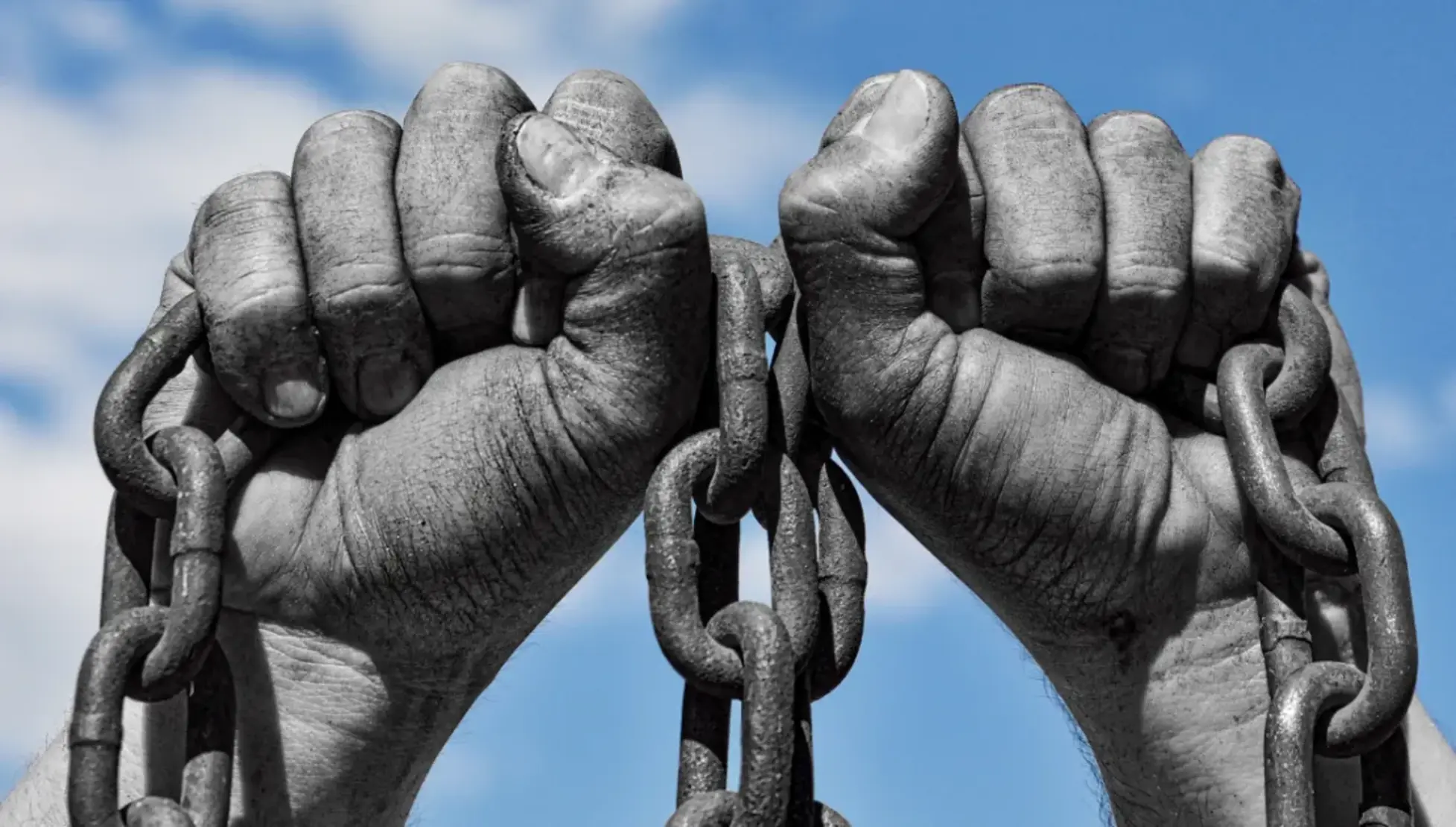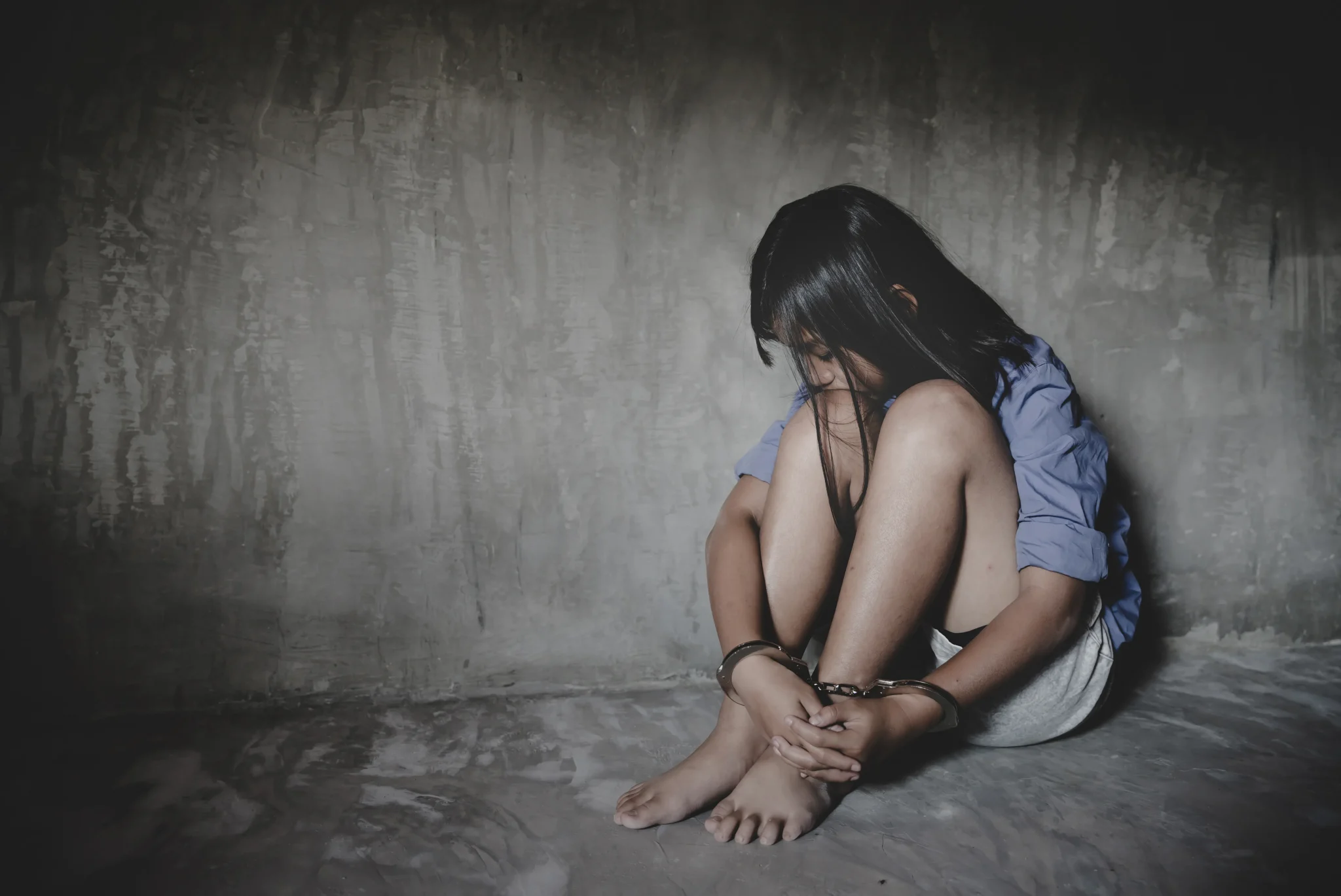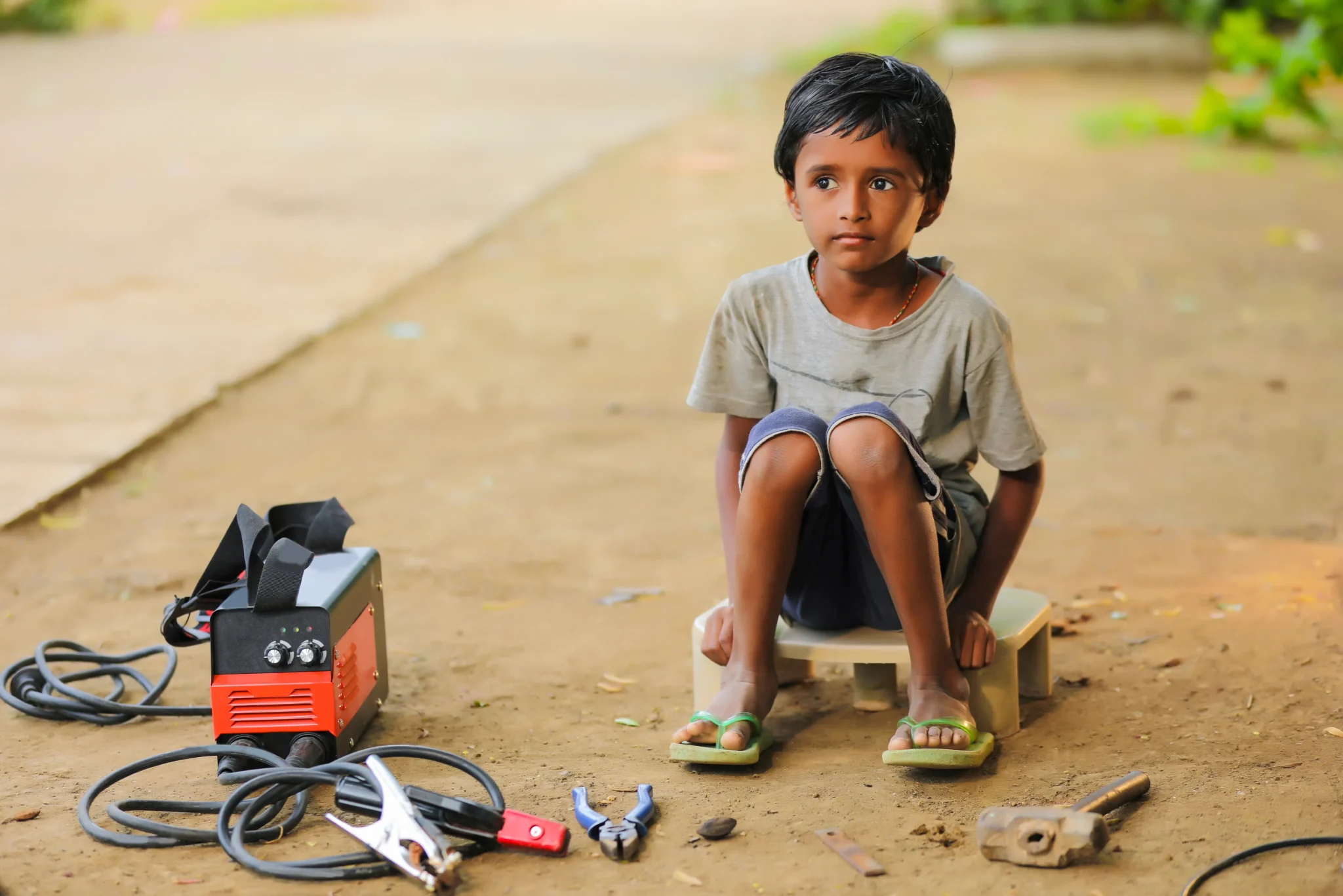MODERN SLAVERY AND CHILD LABOUR
49.6 Million people in forced labour worldwide
Modern slavery refers to situations of exploitation that a person cannot refuse or leave because of threats, violence, deception, abuse of power, or coercion.
Defination
According to Anti-Slavery International, the definition of modern slavery is when an individual is exploited by others, for personal or commercial gain. Whether tricked, coerced, or forced, they lose their freedom. This includes but is not limited to human trafficking, forced labour and debt bondage.
Modern Slavery Facts
- 49.6 million people are victims of modern slavery, which includes forced marriage and forced labour.
- Children make up about 25% of all victims of contemporary slavery.
- There are 22 million forced marriages worldwide. Of these individuals, two out of five were children.
- Of the 27.6 million individuals ensnared in forced labour, 17.3 million are used for forced labour in the private sector, 6.3 million are exploited for commercial sex, and nearly 4 million are in forced labour imposed by state authorities.
- Migrant workers are particularly vulnerable to forced labour.
Types of exploitation
Exploitation of sexuality
Domestic work
Exploitation by criminals
What is the population of modern slavery?
- 19.9 million people are either criminally exploited or coerced to work for private or state-run businesses.
- In private homes, 1.4 million people are subjected to domestic servitude.
- 6.3 million individuals, including 1.7 million minors, are victims of forced sexual exploitation.
- 21.9 million people were forced into marriages against their will.
How do traffickers maintain control over their victims?
Often, the trafficker takes control of a victim’s identity documents (e.g. passport). They accompany them to open a bank account, then take control of its associated bank card and correspondence (this functions both as a simple way for the trafficker to control the victim’s earnings, and a way for them to exert dominance and control by offering occasional small sums of money from what should be the victim’s own wages).
Risk factors for trafficking
- Homelessness
- Alcohol or drug addiction
- Mental health problems
- Chaotic home environment or recent family breakdown
- Long-term unemployment
- Learning difficulties
- Debts or criminal convictions
- Fearful of deportation or being discovered by authorities
- Physical injuries or disabilities
Why don’t victims run away?
International Labour Standards on Forced Labour
Modern Slavery: The Most-Afflicted Countries
Modern slavery affects millions globally, involving forced labor, child exploitation, trafficking, and systemic corruption in economically challenged regions.



